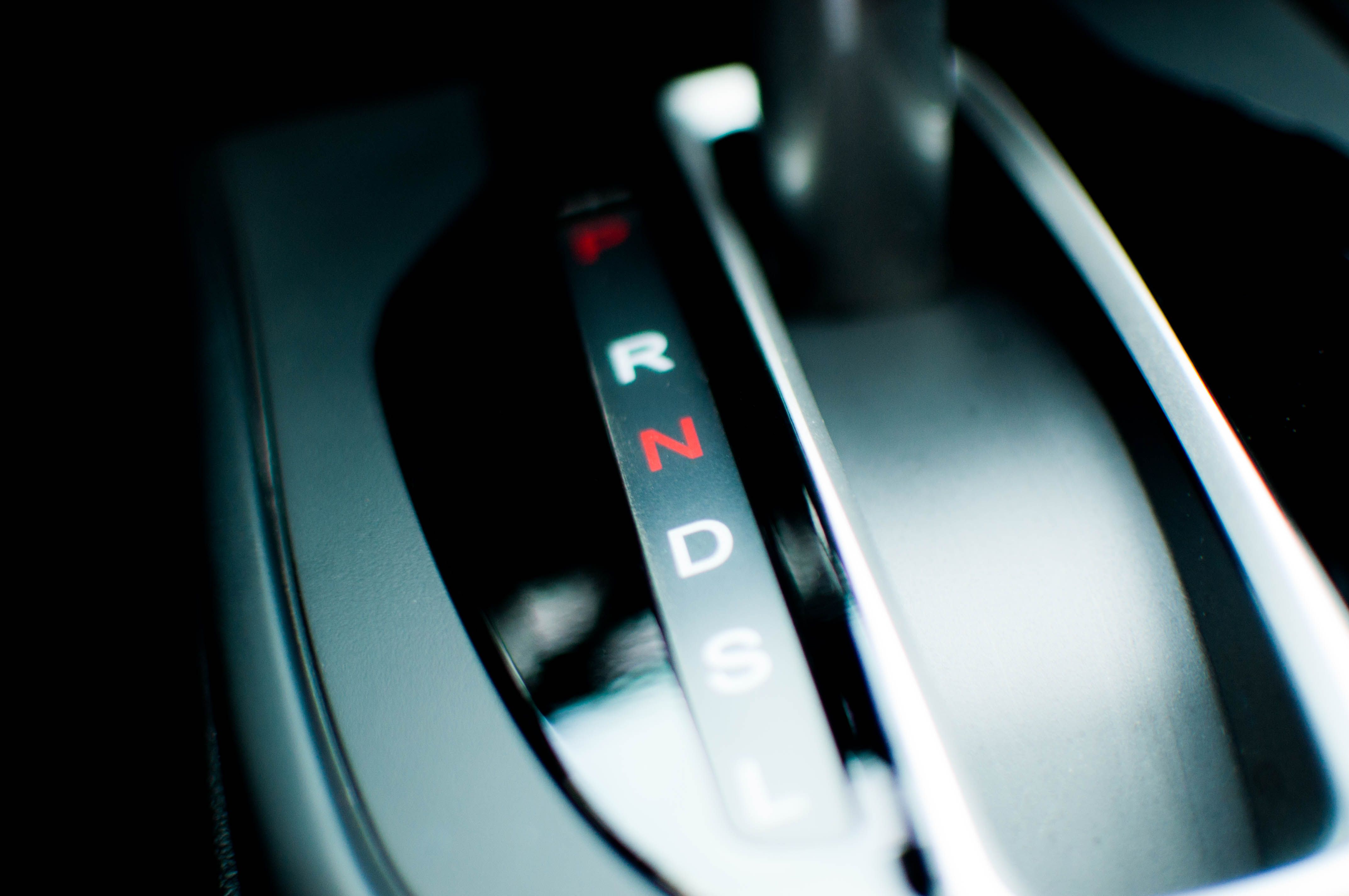Ever tried to make your transmission shifts feel as smooth as butter?
It’s hard to do in a car with a manual transmission, and it’s even tricky for an automatic transmission too.
But if you’ve driven a car with a CVT transmission, you’ve discovered the smoothest acceleration and shifting possible.
A continuous variable transmission (CVT) is an automatic transmission system seen in many modern cars. In this article, we will explain what makes cars with CVT different from regular cars and find out if there really are CVT transmission reliability issues or if it’s a false perception among car buyers. Though continually variable transmissions (CVTs) don’t require a driver to manually change gears, they’re still very different from traditional automatic transmissions. Understanding how CVTs operate, as well as their pros and cons, can help drivers decide if a CVT equipped vehicle is right for them.
To be totally honest, you didn’t feel a single shift.
A CVT transmission is totally different from any other automatic transmission because . . . it doesn’t have gears!
The Difference Between Automatic and CVT
With your run-of-the-mill automatic transmission, gears change constantly as you accelerate and decelerate.
Hydraulic pressure and computer input – along with your input through the gearshift lever – make the gears change.

A CVT, or continuously variable transmission, is unique.
Inside the transmission, a belt runs between two variable-width pulleys.
One pulley receives power from the engine, the other sends it to the wheels.
As the input pulley spins faster when you hit the accelerator, the pulley squeezes together, taking up more of the belt’s motion.
The belt is drawn closer into the output pulley, making it spin faster.
As you slow down, the opposite action occurs.
Is a CVT Transmission Better than a ‘Normal’ Auto Transmission?
The two designs are nothing alike but serve the same purpose.
But is a CVT better than a regular automatic transmission?
Automatic transmissions have been refined over decades and are still the best option for large vehicles and hard-working models like utes and pickups.
CVT transmissions are susceptible to slipping under heavy loads.
But for fuel efficiency, quiet operation, and silky-smooth shifting, you can’t beat a CVT transmission.
It’s constantly finding the optimal gear ratio for the performance you command – that’s where the term ‘variable’ comes into the equation!
What Can Go Wrong?
Compared to a typical automatic transmission there are much fewer moving parts.
That doesn’t mean you can’t experience problems, but there’s less that can go wrong.
It’s possible for bearings in the CVT transmission to become pitted and fail, or the CVT belt can wear, stretch, or even break.
For most CVT concerns, you’ll have plenty of advance warning.
Whining and warbling noises when you’re driving are a sign the CVT gearbox has something wrong.
You could also feel slipping, jerking, or shuddering.
You may also have a sudden loss of acceleration.

Can a CVT Transmission Be Repaired?
Automatic Cvt
Except in very rare cases, CVT transmissions can’t be repaired.
Due to parts availability and the costs associated with a rebuild, most repair facilities won’t crack into a CVT.
Instead, CVT transmission replacement is necessary in virtually every situation, whether with a used transmission or a new one from the manufacturer.
What Does It Cost?
The CVT transmission replacement cost varies depending on the make and model.
Between parts and labour, it isn’t a stretch to expect between $4,000 and $7,500 to swap it out.
Automatic Cvt
Routine maintenance is always the best route.
Automatic Cvt Transmission Fluid

You can keep your CVT transmission working at peak performance simply by changing the fluid every 80,000 to 100,000 kilometres.
Do you feel your CVT transmission starting to fail?
Book it in for an inspection with an expert mechanic through AutoGuru!
Enjoy a quick, easy and hassle free online booking experience and be confident knowing you’re booking with a high quality mechanic.
Jason is a Canadian automotive content writer with a background in the auto service industry, but he’s been hooked on cars and mechanics since childhood.
One of his first cars was an ’80 Mazda RX-7 that’s sorely missed to this day. A ’68 Ford Torino GT, a ’66 Ford Country Squire Woodie station wagon, and a ’96 Suzuki GSX-R 750 have spent time in his fleet of cars, bikes, and trucks over the past two decades.
Jason’s pride and joy is under construction – a turbocharged ’88 Mazda RX-7 convertible. Also on his resume is CASCAR official certification.
